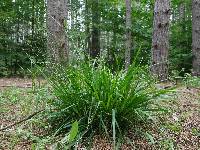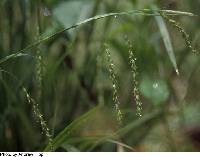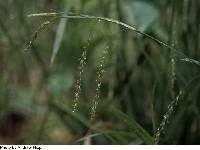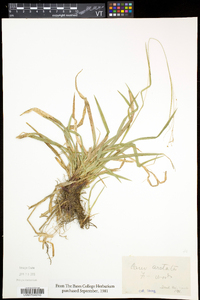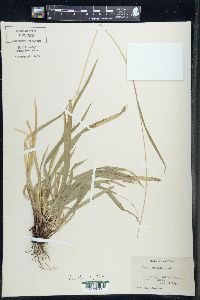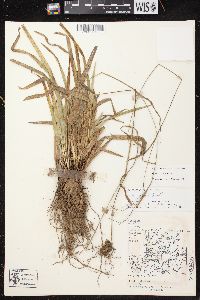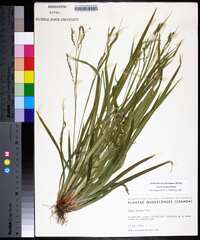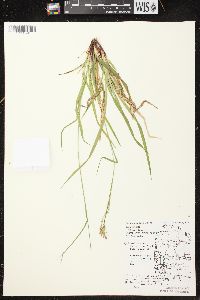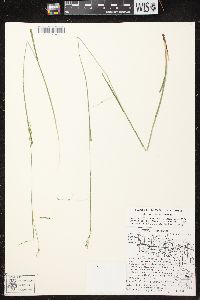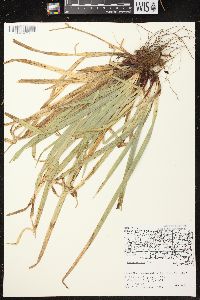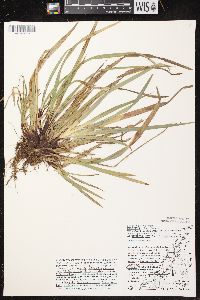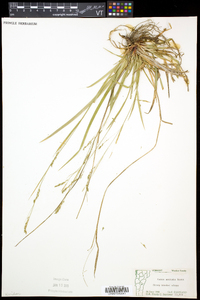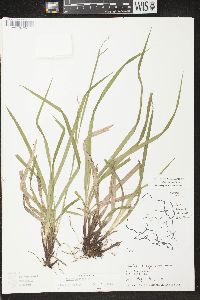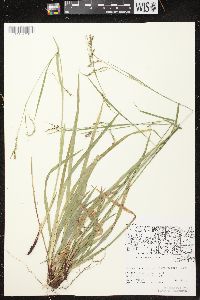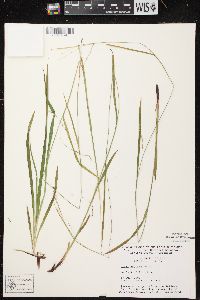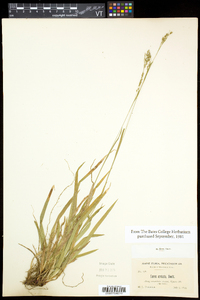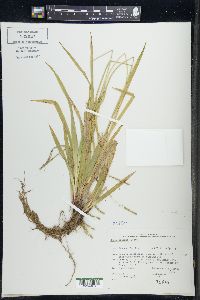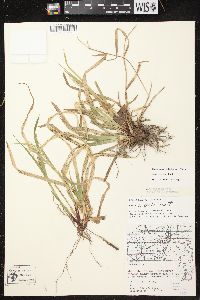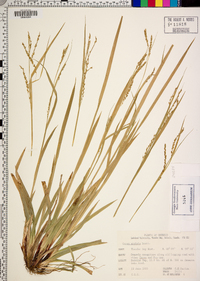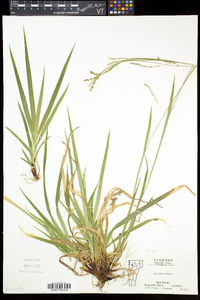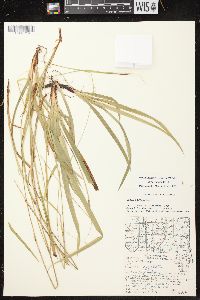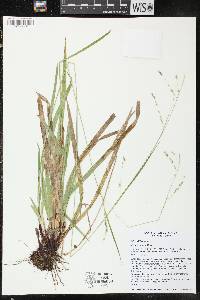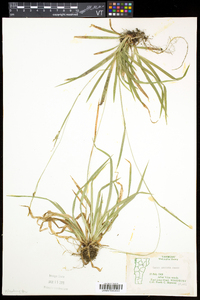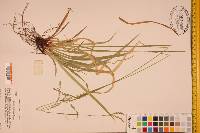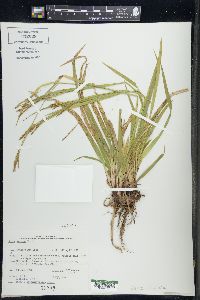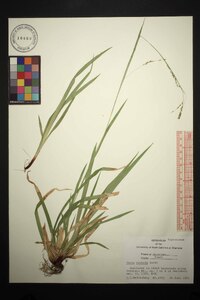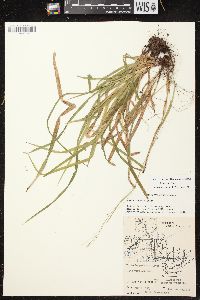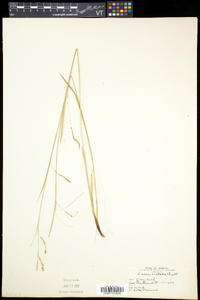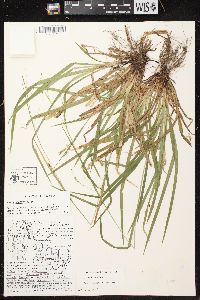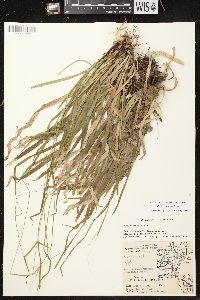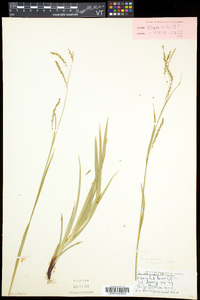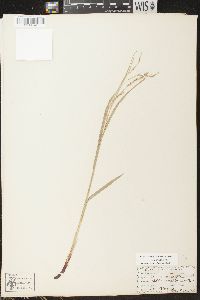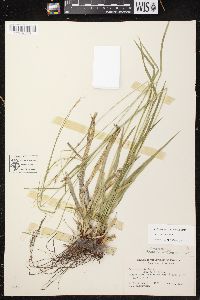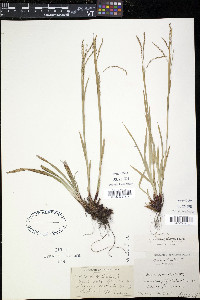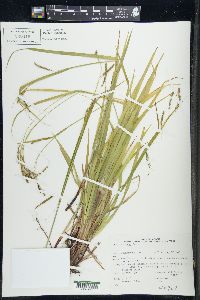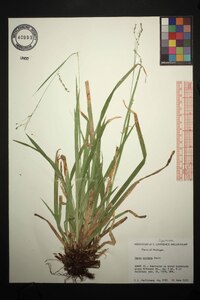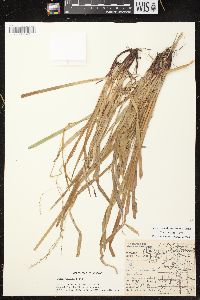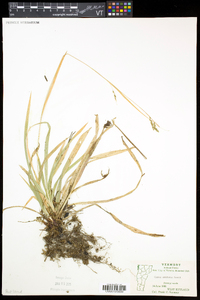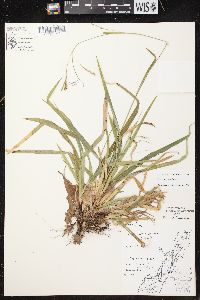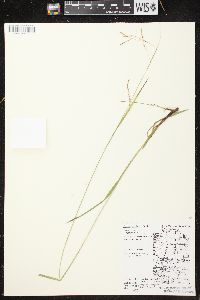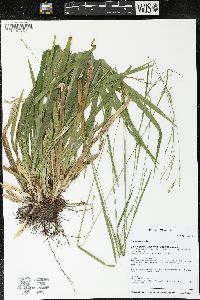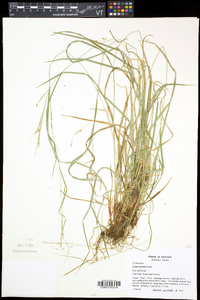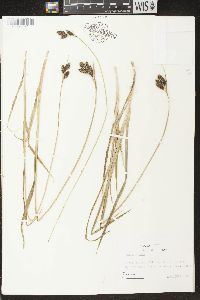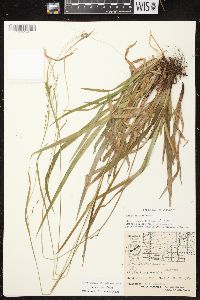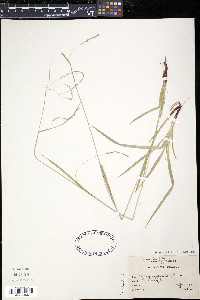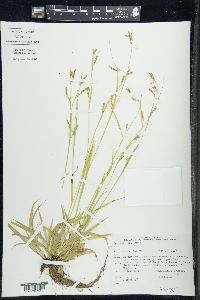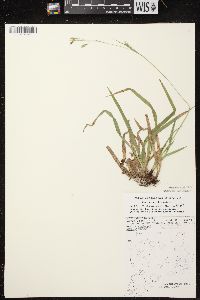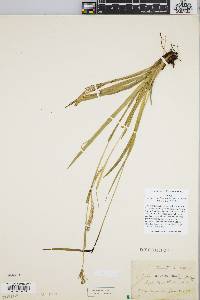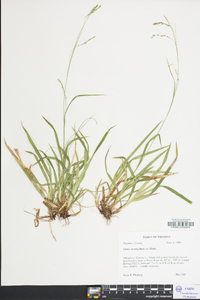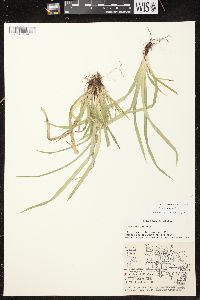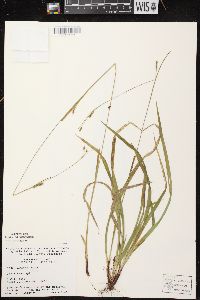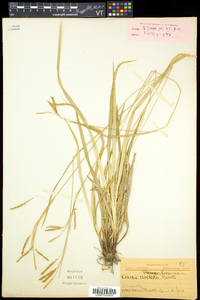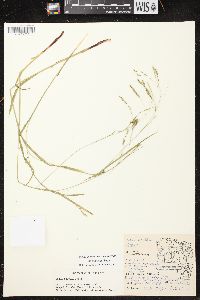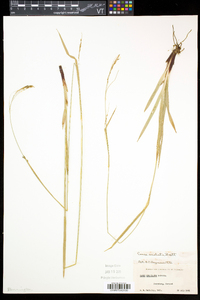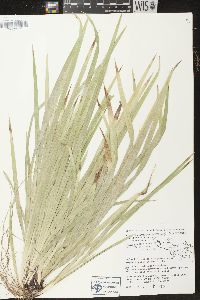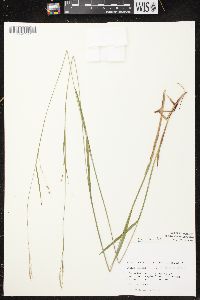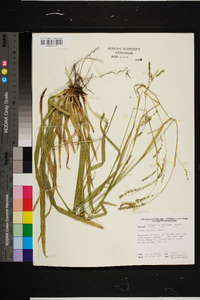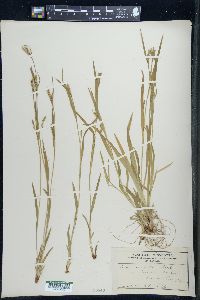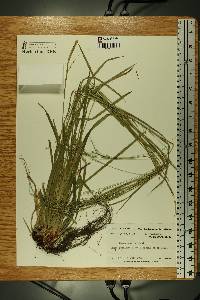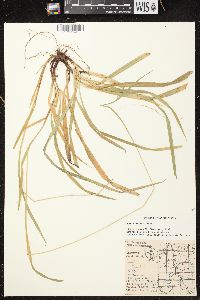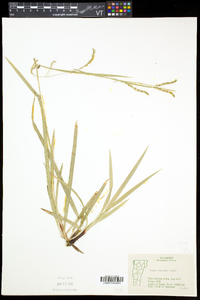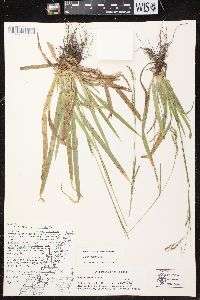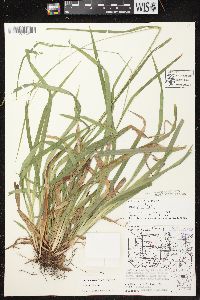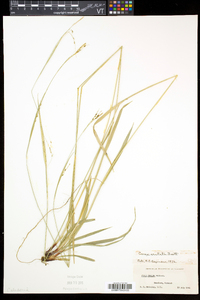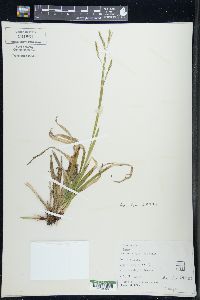Carex arctata
|
|
|
|
Family: Cyperaceae
Drooping Woodland Sedge
|
Plants densely cespitose. Culms dark maroon at base; flowering stems 20-100 cm, much longer than leaves at maturity, 0.6-1 mm thick, glabrous but scabrous within inflorescence. Leaves: basal sheaths maroon, bladeless, rarely minutely scabrous, glabrous; others grading from maroon to green on back, white to tan-hyaline on front, minutely red dotted; blades flat, 3-10(-13) mm wide, glabrous with minutely scabrous margins. Inflorescences: peduncles of lateral spikes slender, to 30 mm, shorter than spikes; peduncle of terminal spike to 28 mm, usually shorter than adjacent pistillate spikes, minutely scabrous on angles; proximal bracts shorter than inflorescences; sheaths to 30 mm; blades 2-3 mm wide. Lateral spikes 2-5, 1 per node, well separated, erect at anthesis, but soon drooping, pistillate with 15-45 perigynia attached 1-2 mm apart, linear-elongate, 25-80 × 3-4 mm. Terminal spike staminate, sessile or pedunculate, 6-40 × 0.8-2 mm. Pistillate scales white-hyaline with green midrib, oblong-lanceolate, shorter than mature perigynia, apex acuminate to cuspidate or awned, awn to 1.5 mm, margins and awn scabrous or ciliate, otherwise glabrous. Perigynia green, often red dotted, 2-ribbed and finely 10-15-veined, loosely enveloping achene, ellipsoid-ovoid, 3-5 × 1-2 mm, membranous, base with stipe 2-3 mm, apex tapering to minute beak, glabrous but sometimes ciliate between apical teeth; beak bidentate, 0.7-1.5 mm. Achenes sessile, 1.7-2.6 × 0.8-1.7 mm. 2n = 52, 54, 56. Fruiting late spring-mid summer. Northern hemlock-hardwood forests, boreal coniferous forests, white-cedar swamps, upland, dry to mesic deciduous forests; Man., N.B., Nfld. and Labr., N.S., Ont., P.E.I., Que.; Conn., Ind., Maine, Mass., Mich., Minn., N.H., N.Y., Ohio, Pa., R.I., Vt., Wis. Occasional specimens with late-flowering stems have shorter, more crowded pistillate spikes and resemble the type specimen for Carex arctata var. faxonii, but these are anomalous within populations and not deserving of taxonomic status. Specimens lacking vegetative shoots can be misleading because the leaves of the flowering stems are usually at least 2-3 mm narrower than those of the vegetative shoots. Nearly sterile hybrids with C. castanea (= C. ×knieskernii) are sporadic, but uncommon, occurring throughout the area where the ranges of the parental species overlap. Hybrids with C. gracillima and C. virescens have also been reported; their parentage has not been confirmed.
Densely tufted, 3-8 dm, purplish at base; main stem-lvs 3-5 mm wide, those of the sterile shoots 3-8 mm wide; staminate spike 1-3 cm, rarely pistillate distally; pistillate spikes 3-5, very slender, 2-6 cm, the upper approximate, the lower well separated, drooping or spreading, very loosely fld; bracts all sheathing, the upper with much reduced setaceous blade; pistillate scales ovate or oblong, the body much shorter than the perigynium, many or all tipped with a short cusp, the whole usually three-fourths as long as the perigynium, but sometimes distinctly surpassing it; perigynia glabrous, narrowly ovoid, trigonous, 3.2-4.8 mm, abruptly narrowed to a short stipe, conspicuously 2- ribbed, finely and usually obscurely several-nerved, narrowed above to a short beak; achene concavely trigonous. Moist rich woods; Nf. to Minn., s. to Pa. and O. Gleason, Henry A. & Cronquist, Arthur J. 1991. Manual of vascular plants of northeastern United States and adjacent Canada. lxxv + 910 pp. ©The New York Botanical Garden. All rights reserved. Used by permission. From Flora of Indiana (1940) by Charles C. Deam Indiana Coefficient of Conservatism: C = 10 Wetland Indicator Status: N/A |


